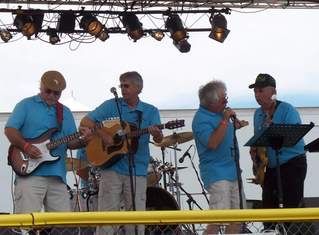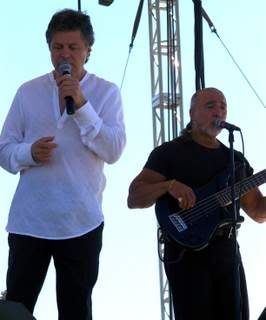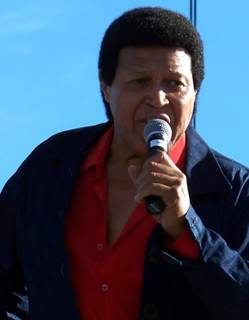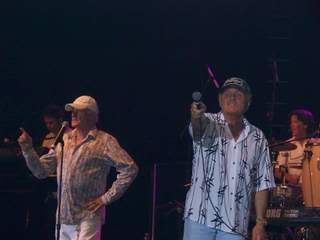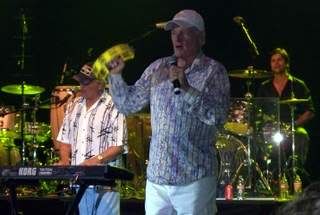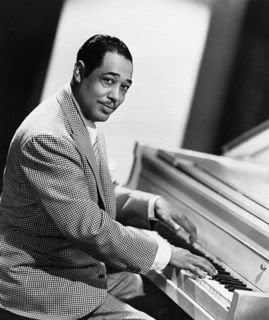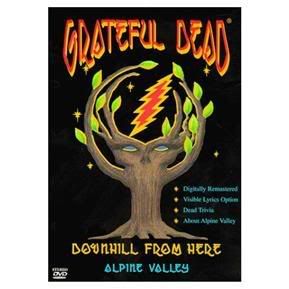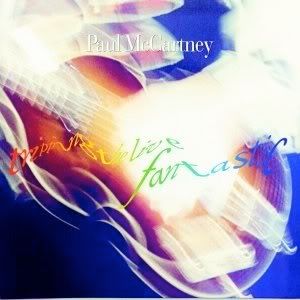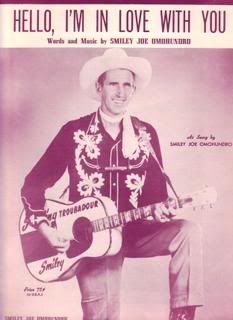
Recently discovered sheet music pictures
"Smiley Joe" Omohundro, a self-described traveling
troubadour, who was born in the tiny Delta County
community of Fayette. He was also known as Omo
the Hobo and Omo the Lobo.
By STEVE SEYMOUR
Thanks to two area residents and a Wisconsinite, some ephemera resurfaced last week which reveal details of the Upper Peninsula's often-neglected music history.
These usually short-lived items included sheet music from Delta County's "Smiley Joe" Omohundro, tickets for a Beatles' movie showing in Marquette, and a rare 45 rpm single recorded by a Menominee teenager in the late 1960s.
Escanaba antique dealer Chris Wohlen recently found a cache of sheet music authored by the late Omohundro, also known during his career as Omo the Hobo and Omo the Lobo.
Born Wellman W. Omohundro in Fayette, he spent his lifetime as a traveling troubador and wrote and recorded scores of novelty songs. Those tunes were performed live by Omohundro, often for tips, but were also released on dozens of long-playing records and 45 rpm singles.
Omohundro's sheet music, selling for a modest 75 cents, wasn't as widely distributed. The newly-discovered collection contains six pieces, all carrying a 1960 copyright date. The appeal of sheet music often extends to the photographs of the artist on the cover, and these are no exception.
"Hello, I'm in Love with You," pictures the singer looking robust in western attire, while "I'm Broke Today," shows a scruffy Omohundro displaying his empty wallet. "Money's Made Me a Beggar," meanwhile, is illustrated with the musician dressed as a hobo.
Omohundro's sheet music for "Dear Old Dad" carries a picture of his father, while "God Bless That Dear Mother of Mine" does likewise. Finally, "You've Had Your Way, Now I'll Have Mine" pictures Omohundro as a vengeful wife.
Later in life, Omohundro retired in Escanaba and died in Marquette in 1996.
His sheet music, featuring rare cover photographs, make a valuable addition to Omohundro's legacy.
Forty-four year old movie tickets
provided details of the first Beatles'
motion picture being played at Marquette's
Delft Theatre during the height of
Beatlemania in 1964.
Ford River resident Karen Mokszycke, regional manager for Book World, Inc., bought three vintage Beatles' tickets on my behalf when she was in Marquette not long ago.
Numbered 615- 617, the tickets carried a $1 pricetag and allowed the bearer to attend a "special preview" of "A Hard Day's Night." The movie was presented at 7 p. m. on Friday, Sept. 4, 1964 at Marquette's 650-seat Delft Theatre. It's easy to imagine hundreds of crazed youngsters packed into that U. P. venue during the height of Beatlemania.
The full, unused tickets measure six by three inches in size. They were custom-printed and feature small publicity photographs of the Beatles from the acclaimed black & white comedy.
The Beatles attended the world-premiere of their first motion picture at the London Pavilion on Monday, July 6. During their career, they made three additional movies: "Help," "Yellow Submarine," and "Let It Be," as well as the television film "Magical Mystery Tour."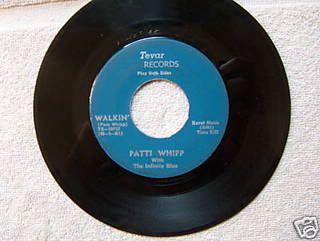
Patti Whipp, a 17-year-old Menominee folk singer,
recorded a 45 rpm single on Tevar Records in 1969.
Record collector Jerome Frank of Peshtigo, Wis., meanwhile, offered some interesting facts about folk singer Patti Whipp after I won a her sole 45 rpm disc on an eBay auction a few days ago.
Released in 1969 on Menominee's Tevar Records, the single features "Walkin'" and "It's Gone," both original tunes. Instead of designating "A" and "B" sides, the label advised listeners to "play both sides."
Whipp recruited Menominee rock band Infinite Blue to supply the instrumental track and backing vocals. Two years later, Infinite Blue issued a 45 on their own, "Black Train" on the same label.
Frank said Whipp was just 17 when her record was released and only 300 copies were pressed, making it hard to find today. Whipp's younger brother still lives in Menominee, while Whipp moved to Colorado.
The label was owned by Jim and Philip Ravet who were inspired to name their record company by spelling their surname backwards. Tevar's entire catalog may have been limited to these two singles.
Together, a 45 rpm record, a set of movie tickets and a sheet music collection have revealed some little-known facts about the U. P.'s colorful music past.
